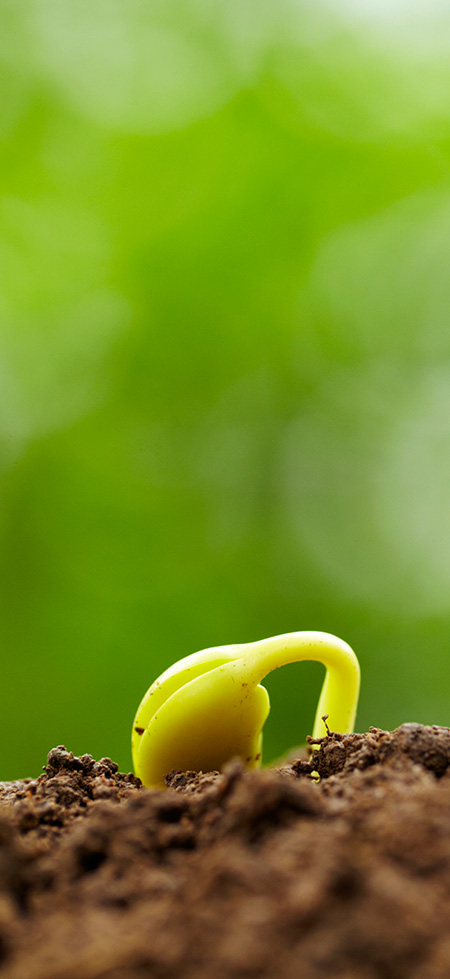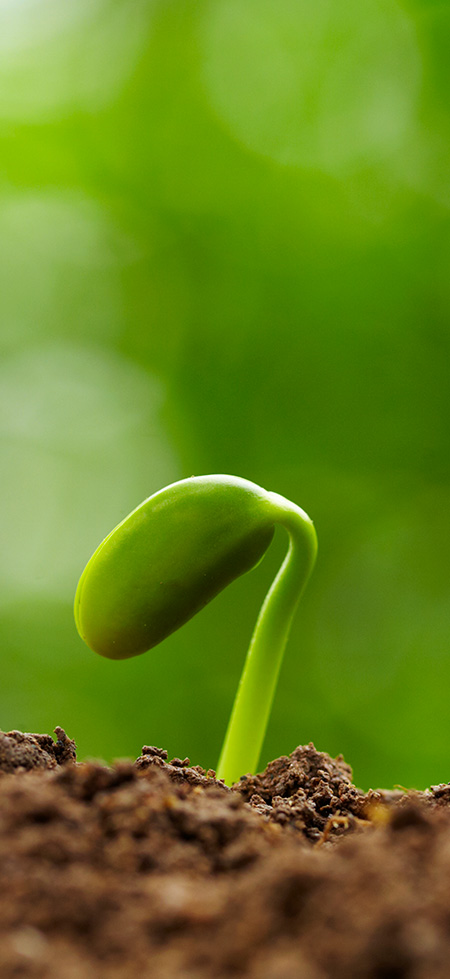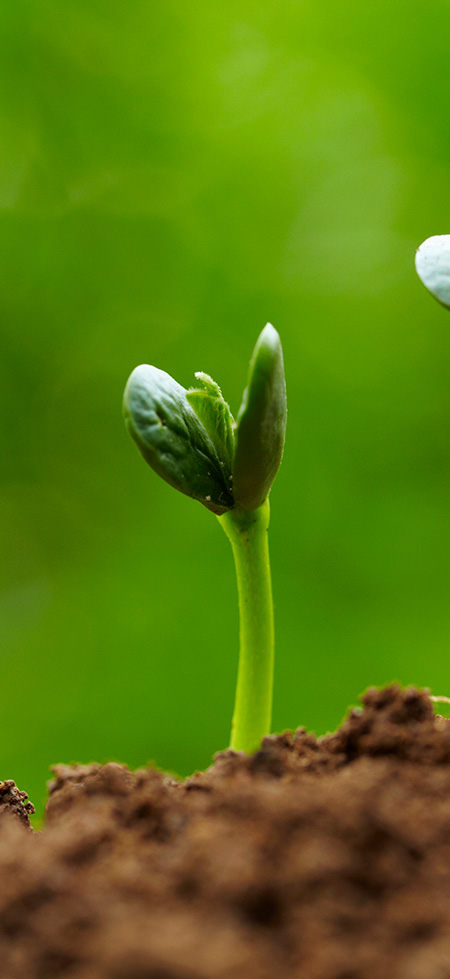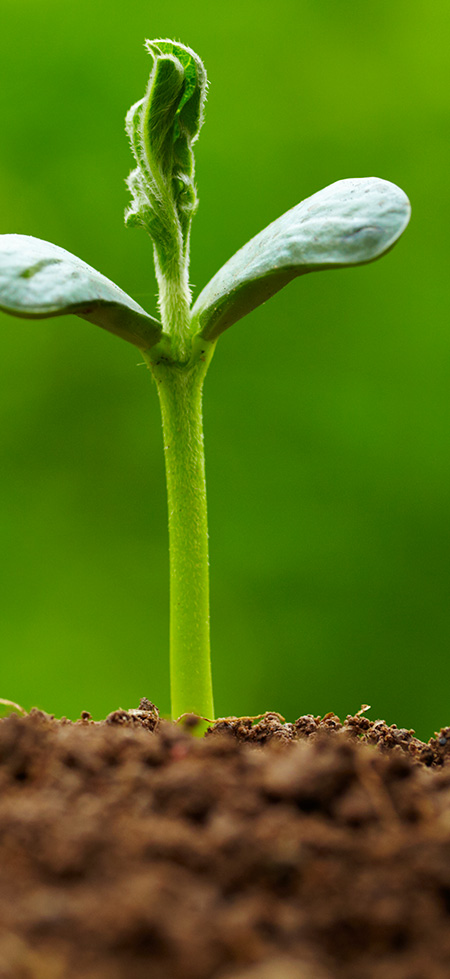Resources
Agriculture at Home
Better Butter
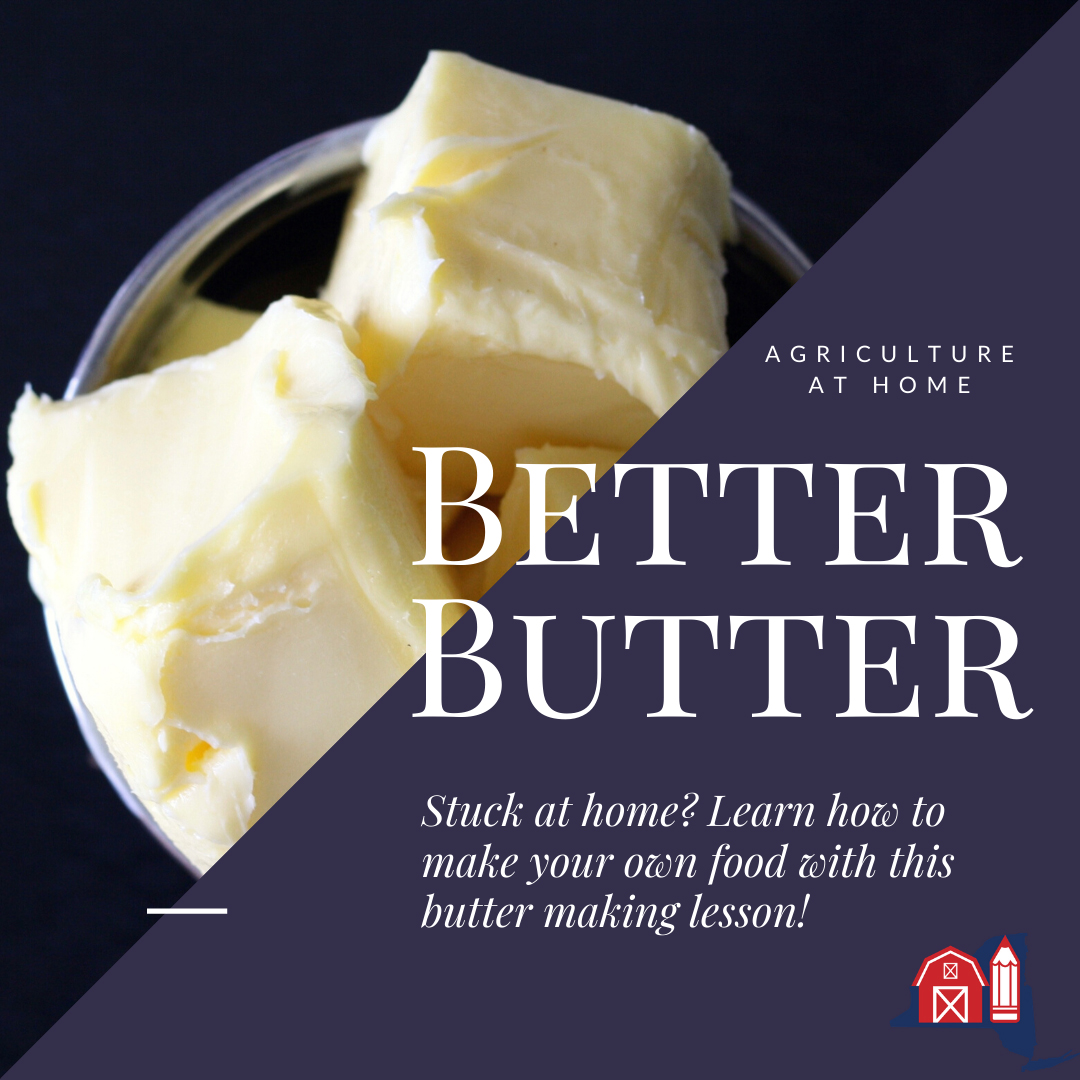
Dive into dairy processing with this lesson that shows how butter is made and demonstrates the phase change from liquid to solid.
The lesson "It's a MOO-stery!" can supplement this activity with more information about the dairy industry and a look at historic tools used to process milk.
Bread in a Bag

Bread is something most of us consume each day, but do we ever stop to wonder how it is made? This activity will lead students through the process of making bread in a bag. Along the way they will also investigate the properties of yeast and learn "real world" science.
To go further with this activity, you can use the "Little Red Hen" lesson and learn about wheat production through activities, videos, and planting.
DNA Extraction

Get ready to learn about and see DNA! In this activity students will discover what DNA is and learn how to extract it from any living organism. This activity can be done with any food item and you can even compare which source gives you the most DNA.
Go deeper into your exploration with the lesson "DNA: Expressions in Agriculture". This lesson will reinforce the ideas learned in the activity and give more reasons and explanations to what you're seeing.
Edible Plant Game
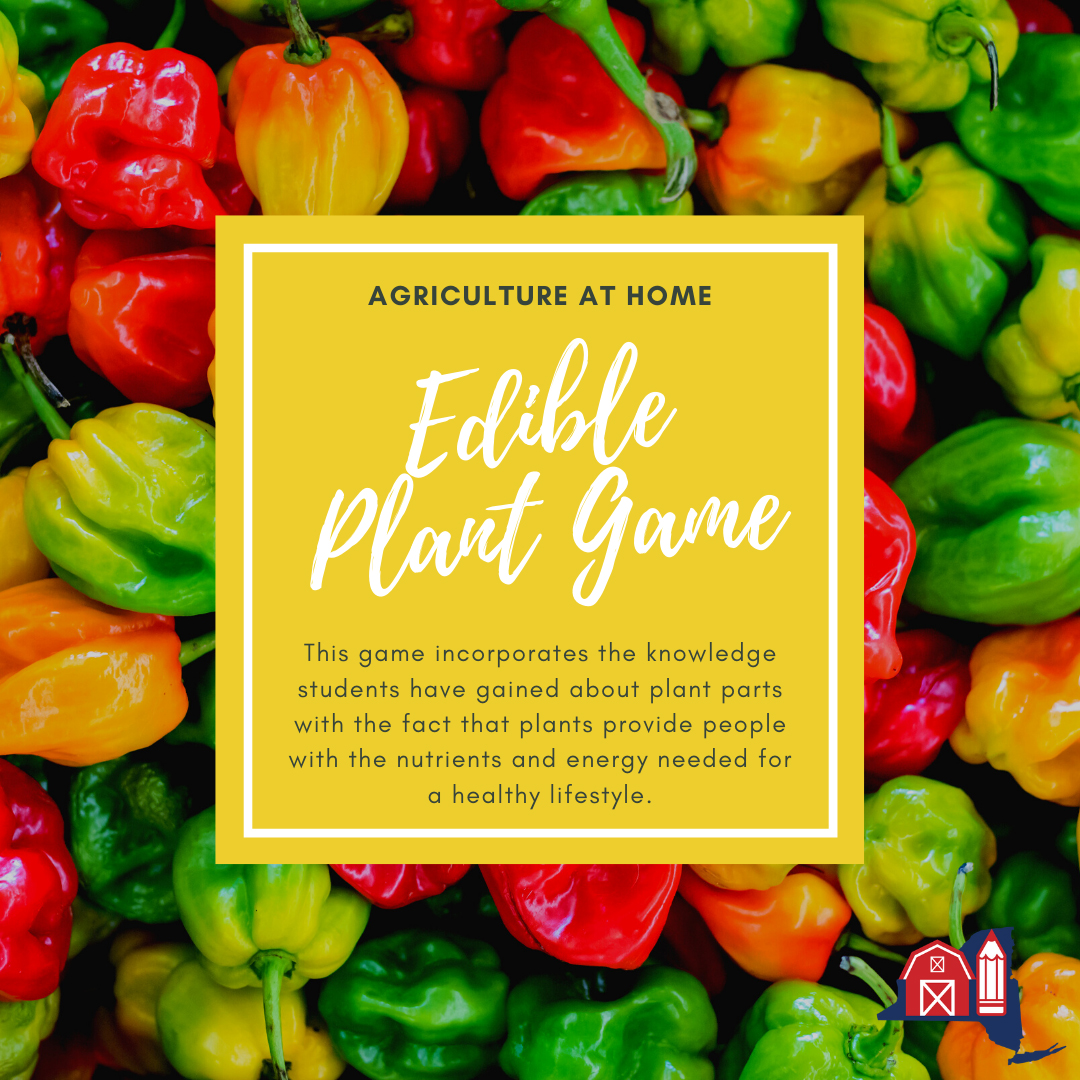
Are you searching for learning opportunities you can do at home with limited resources? Then this activity is perfect for you! All you need is a printer to play this fun game about edible plants.
This game can also be paired with the lesson "Eat 'Em Up" for a greater understanding of the plants we eat each day.
Endless Options
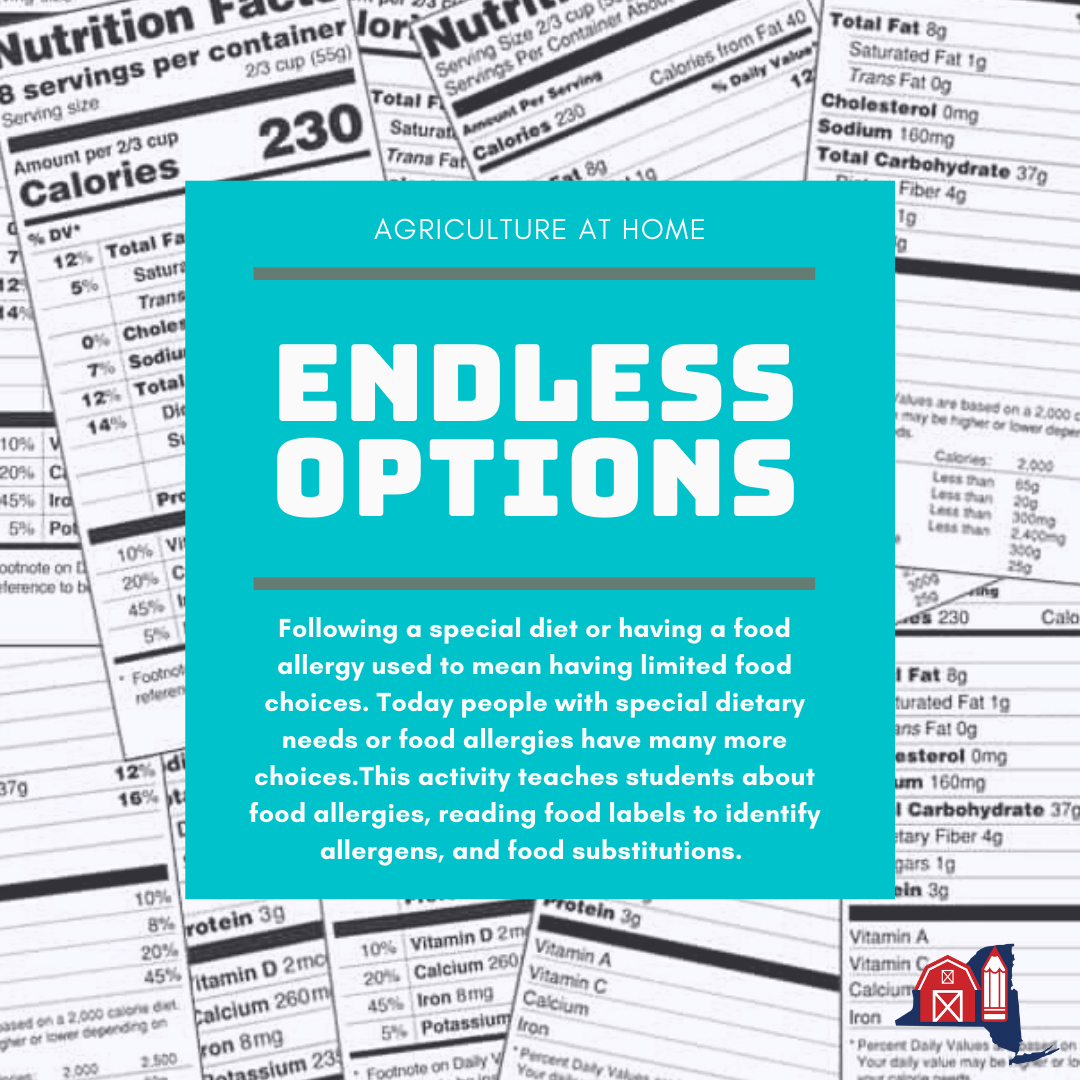
Navigating the grocery store can sometimes be tough, but it can be especially daunting when you have to consider food allergies or sensitivities. The purpose of this activity is to make that shopping trip easier and help you identify what to look for on food labels.
Older students can use this activity in conjunction with the lesson "Looking Under the Label" to engage in critical thinking to recognize the impact of food package labels in relation to marketing, consumer perceptions of food, and farming practices.
Farm Pop-Ups

Art and agriculture are a perfect pairing with the "Farm Pop-Ups" activity. Have fun creating these pop-up games while also learning facts about different agricultural concepts.
This activity can be paired with a number of lessons to reinforce concepts or to introduce learning about something new. Try it with a few of these:
Farming in a Glove
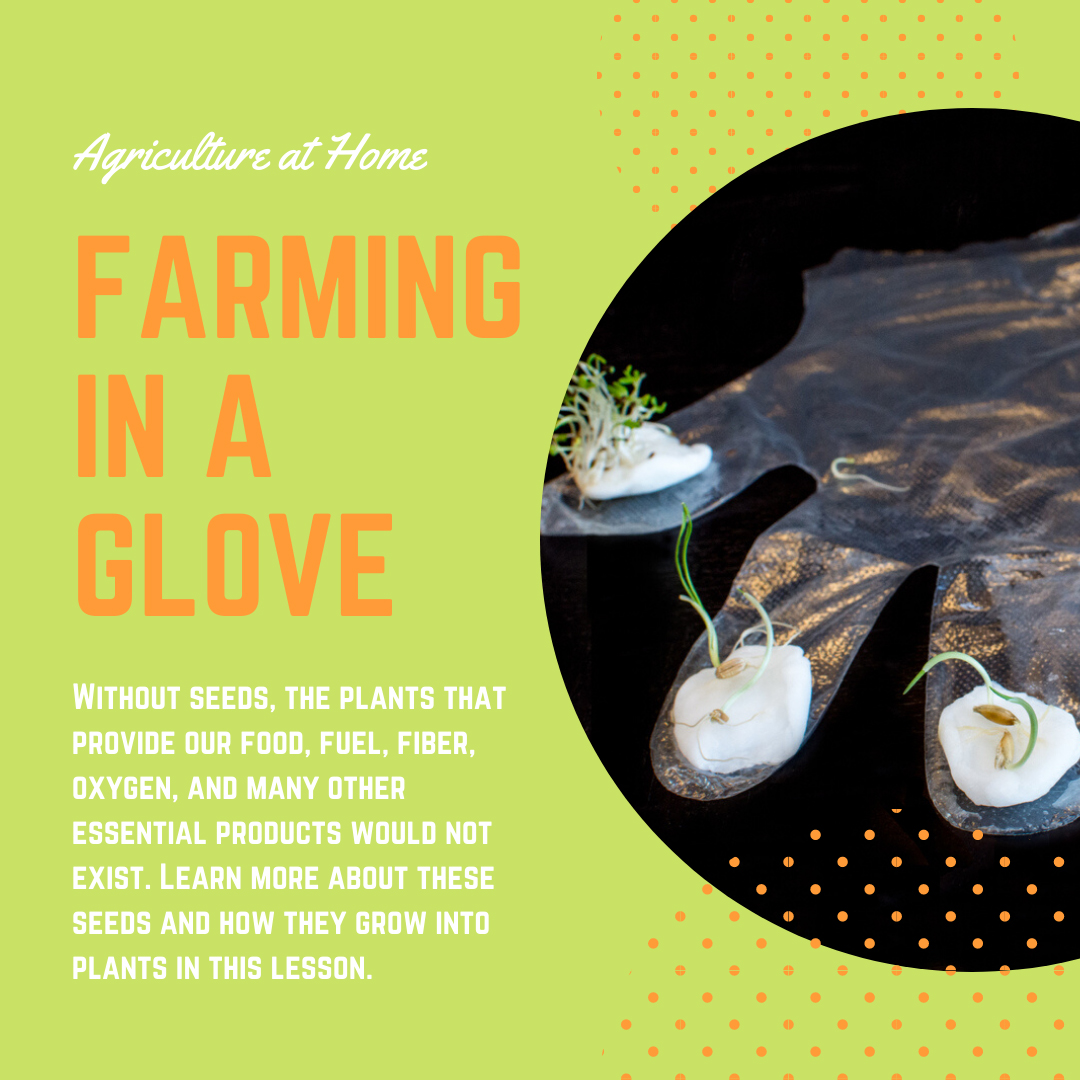
What does a seed need? Find out with this hands-on lesson about germination that will lead you through an investigation of how a seed sprouts.
Farming in a Glove
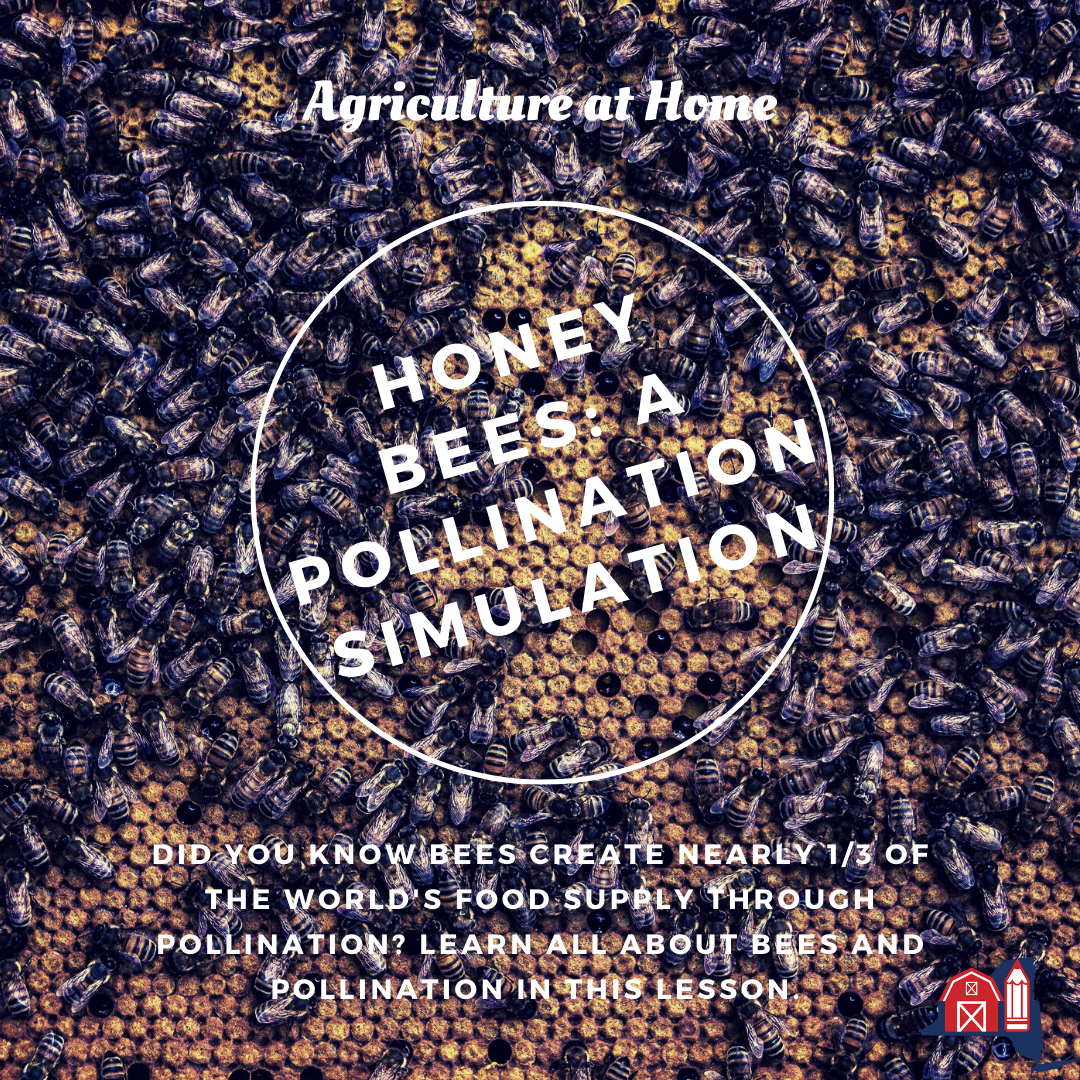
Get your curiosity buzzing by learning about bees and pollination. Through this lesson you will learn why honey bees are important to humans and simulate the process of pollination.
Make Your Own Worm Bin
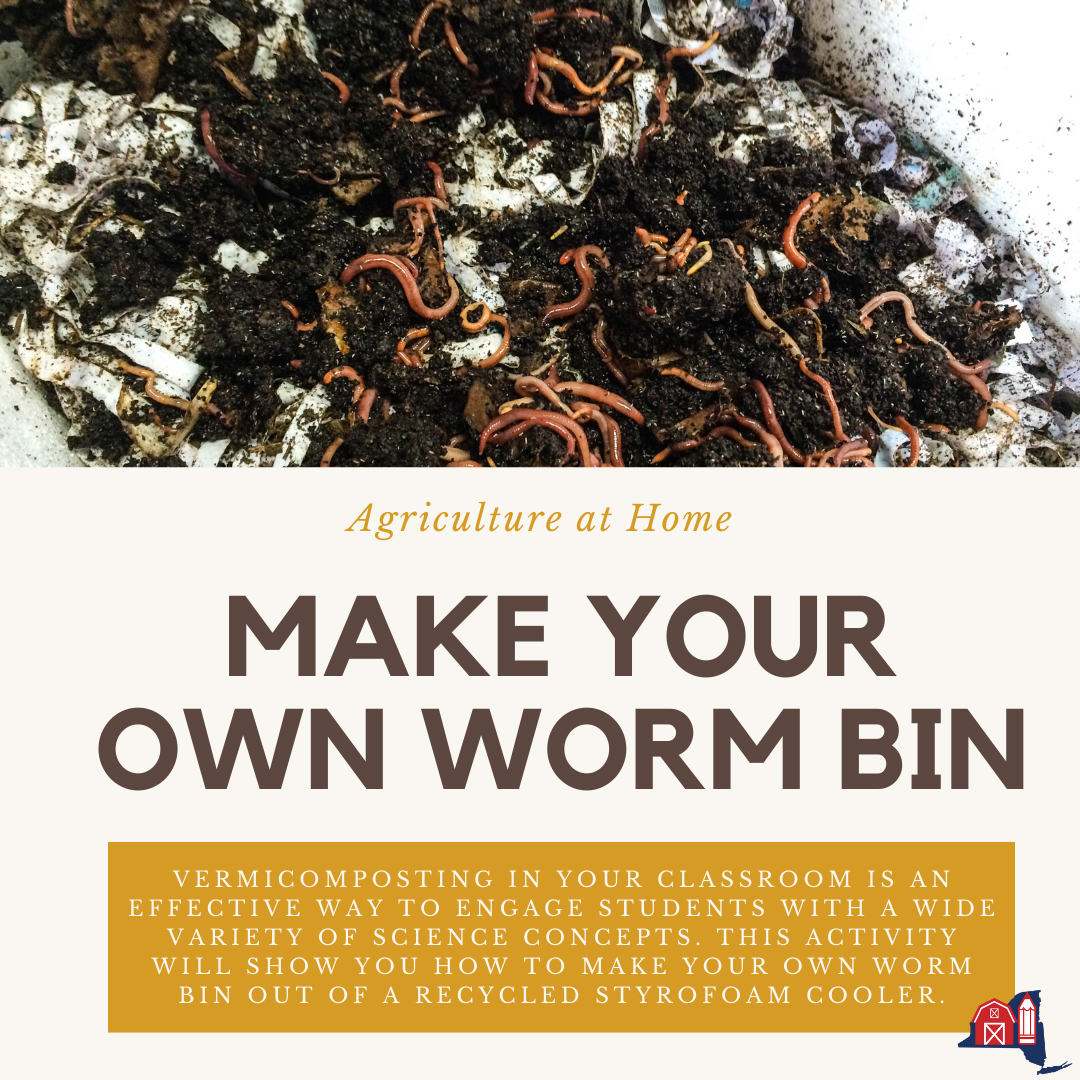
Staying indoors got you down? Bring the outside in by making your own worm bin. This activity can be done with household items and will help you teach about life cycles, ecosystems, and decomposition.
Check out the "Vermicomposting" lesson for more activities and information.
My Farm Web

Did you know Americans eat approximately 100 acres of pizza each day, or 350 slices per second? But what does pizza have to do with agriculture? Find out how in all connects in this lesson that shows how agriculture links to the things we use day in and day out.
Plant Tops and Bottoms

Plant foods can be an excellent teaching tool for understanding the external parts of a plant – roots, stems, leaves, fruits, and flowers. This lesson can used to determine the major parts of fruits and vegetables according to if they are produced on the top or bottom of a plant.
Sprouting Success
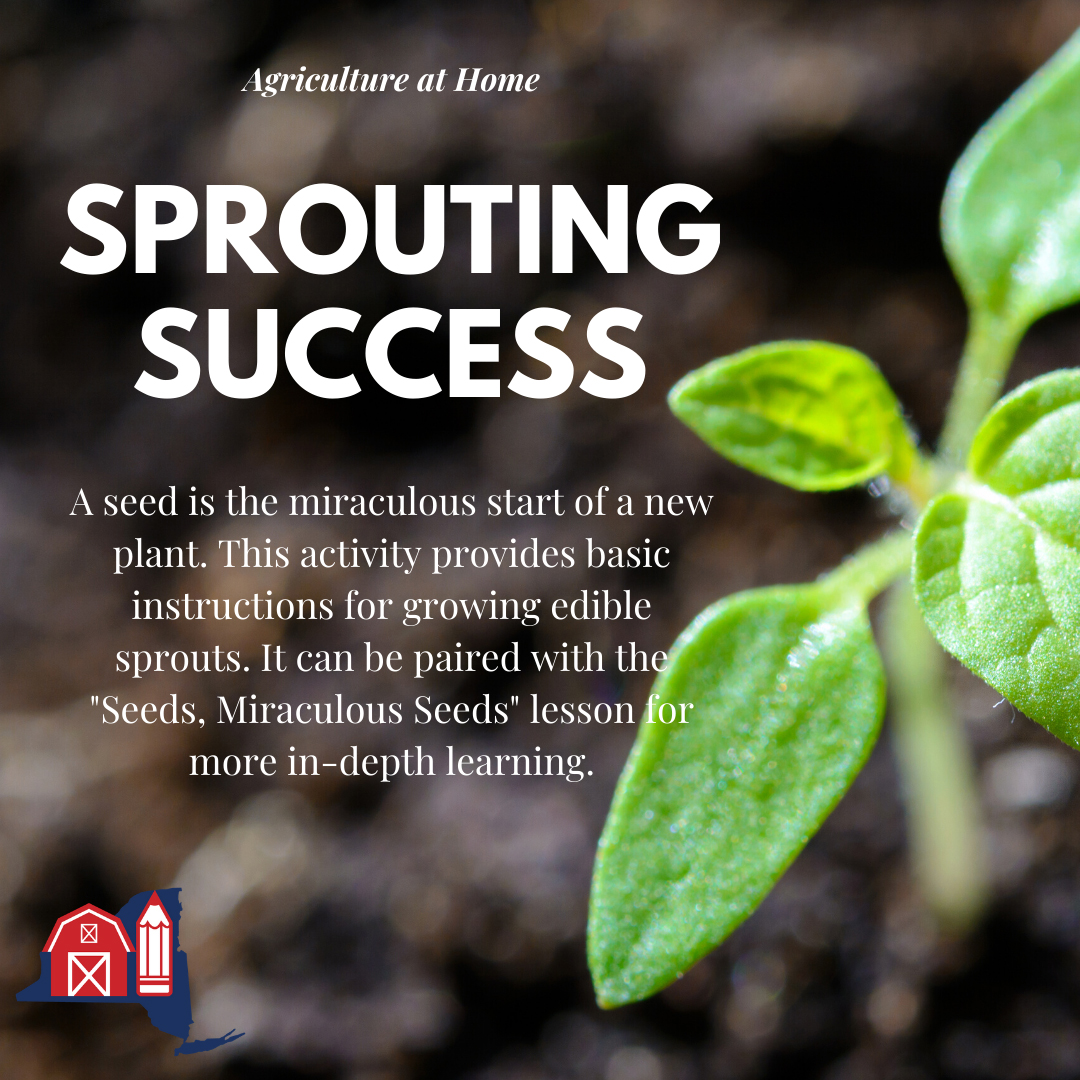
Seeds are planted, they sprout, they grow, and they are harvested for us to eat. But did you know some plants can be eaten as sprouts? Sprouts are easy to grow and can contribute to a healthy diet.
You can also learn more about the anatomy and function of each seed part with the lesson "Seeds, Miraculous Seeds".

